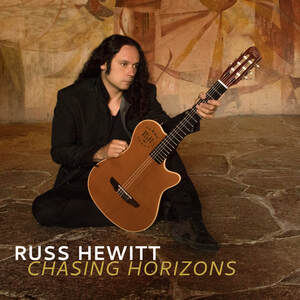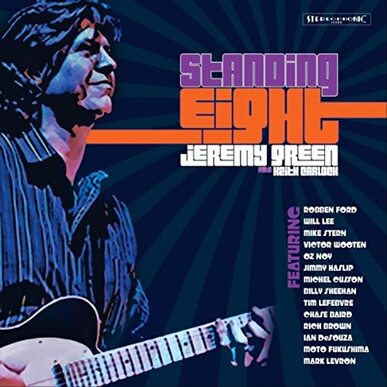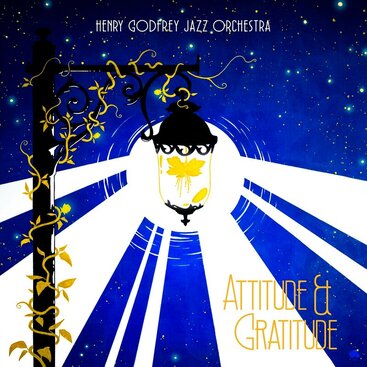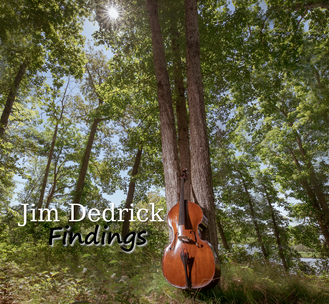
Enter Vanessa Racci and her brilliant and soulful contribution to the already rich heritage. Italiana Fresca, her debut album, was released in 2017 to critical acclaim and popular delight. Now she releases Jazzy Italian and pays homage to those of Italian descent who have made their indelible mark on Jazz.
With Vanessa on Jazzy Italian are Steven Feifke on piano, and arranger on nine of the thirteen tracks on the album, Glafkos Kontemeniotis on piano and arranger for the remaining four tracks, Mark Lewandowski on bass, Charles Goold on drums, Sam Dillon on saxophone and flute, Max Darche on trumpet and flugelhorn, Alex Jeun on trombone, and Danny Valdez on congas. The band is the perfect complement to Vanessa. Brilliant musicianship and marvelous vocals make for an album that will stick in your head.
A word about the arrangements from Feifke and Kontemeniotis. Both are pianists but both are wonderful at arranging for horns and Vanessa takes ownership. This is a beautiful relationship.
The songs range from the tunes we’ve hummed or whistled all our lives to songs that were once popular but have lost in the turmoil of the 20th century. Under the arrangements of Feifke and Kontemeniotis and the vocal warmth and charm of Vanessa Racci, however, they are alive again and better than ever.
Take Betcha I Getcha, for example. Written by Bix Beiderbecke and Giuseppe (Joe) Venuti, it was known to Jazz audiences in the 1920s, the apex of Bix’s career. The tight rhythm section of Lewandowski and Goold sets up the piano and horns and the fabulous, witty, and sassy vocals of Vanessa. I was hooked from the start and things only got better.
That is followed by the song made famous by Dean Martin, Volare. You’re going to love the Italian lyrics with the Latin rhythms of piano, bass, and drums with the splendid additional of the horns. This may be the best version ever. Goodness, Vanessa has the rat-a-tat vocals of Barbra Streisand and a vocal range that is a treat to any listener. Then comes the horns of Max Darche and Alex Jeun and you’ve got the makin’s of something extraordinary. What a great version of this song.
Jeun’s trombone introduces At the Jazz Band Ball, a wild tune from Nick LaRocca from 1917 on one of the very first Jazz recordings. See? Italians were in Jazz from the very beginning. Johnny Mercer added the lyrics in 1950 and the stage was set for Vanessa—over 70 years in the preparation. The horns are vibrant, even riotous, and the fun is immeasurable.
Moon River tones things down, revealing Vanessa’s sweet and melancholic side. The flute of Sam Dillon is sparkling and the gentle piano of Feifke is something to be relished. But Vanessa steals the show with that gorgeous voice. Then she turns on the sassiness and wit with Coquette by Johnny Green, Carmen & Guy Lombardo, and Gus Kahn. She has her own spoken introduction, interlude, and outro that are hilarious.
The Latin-tinged Make Love to Me is smoking hot and the horns and rhythm section just nail it. Written in 1954 by Bill Norvas, Alan Copeland, and the New Orleans Rhythm Kings, it was based on a tune from 1923. Again, Vanessa and Kontemeniotis make this sound like it was written yesterday. And then comes Frank Sinatra’s I’m a Fool to Want You. This is one for the ages. Vanessa has the same heartbreaking delivery that Sinatra intoned in his love for Ava Gardner. This is haunting and lovely and oh-so-memorable.
Both A Lifetime Or Two (by John Pizzarelli) and Come Back Home with Me (an original by Vanessa Racci) saw Vanessa thinking of her husband and their relationship. The optimism of the former and the coaxing of the latter signals the relationship they enjoy…and sometimes don’t.
One fantastic surprise is Chick Corea’s You’re Everything that he recorded with Return to Forever on the album Light As a Feather in 1973. RTF was a furious, intricate, and amazing Jazz-Fusion band that featured soaring melodies, back-breaking rhythms, and some of the finest artistry of the 1970s. Sure enough, the percussion section goes to work and Feifke takes on the Chick Corea piano role. And he works it well. Vanessa reprises what Flora Purim originally created and it is marvelous. Can’t get enough.
The album concludes with Mack Gordon and Henry Warren’s At Last. You know this song. It was the signature song of Etta James that was sung by Christina Aguilera at James’ funeral. Beyoncé added her own rendition of it but neither seemed to stray far from the Etta James version. Vanessa, however, works her own magic on this tune and she gives us something fresh, memorable, and absolutely endearing. Call it heresy but this is my favorite version ever. EVER.
Jazzy Italian is Vanessa Racci’s remarkable and inspired tribute to the wondrous contributions of Italian Jazz artists for the last 100 years. Nothing sounds dated and everything is made new by Racci and the arrangers Feifke and Kontemeniotis. It makes you return to the originals but brings you quickly back.
~Travis Rogers, Jr. is The Jazz Owl









 RSS Feed
RSS Feed
